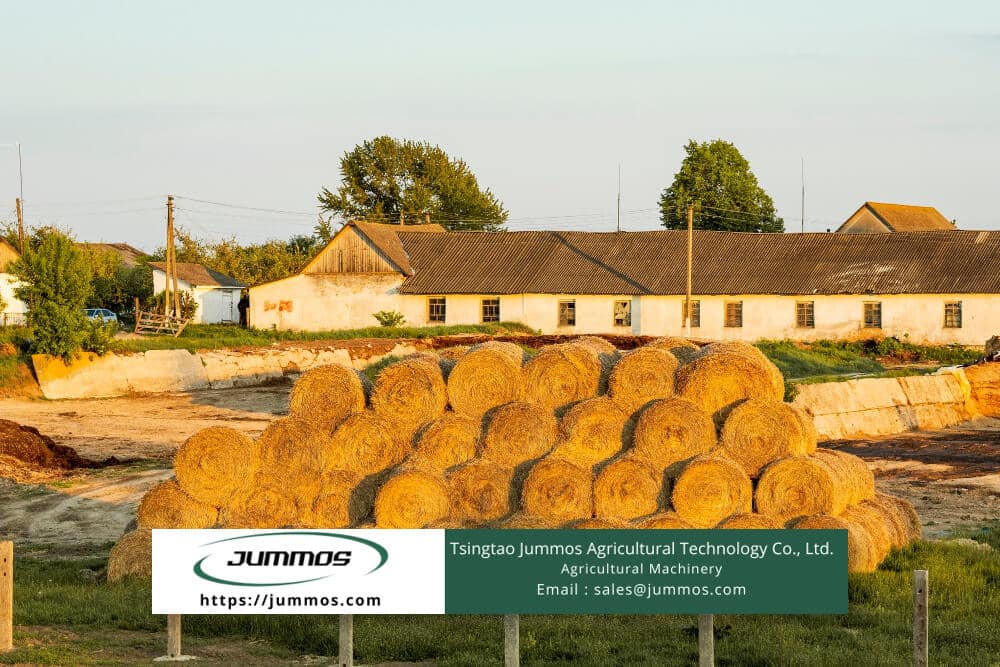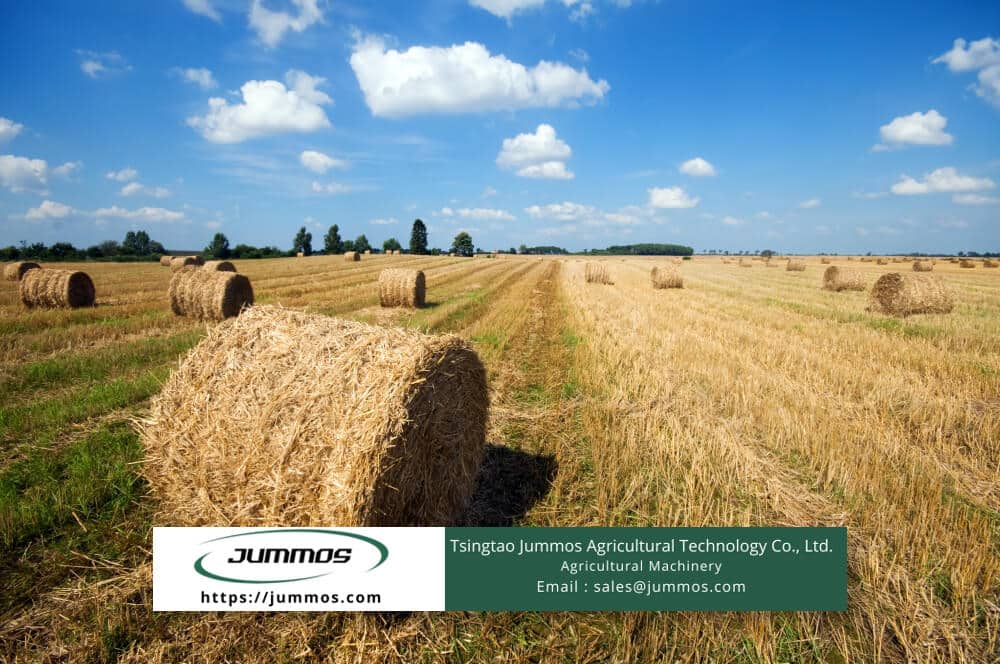
Grass is a flowering plant that is not woody, green, and has a low average height. Grass is very important in supporting a country’s economy because this flowering plant has nutritious seeds and can make the soil fertile. Grass also grows wild easily and can inadvertently provide a food source for grazing animals, also for production of hay bales. Apart from that, grass also becomes a shelter for wild animals when grass reaches a certain height because they can hide from their enemies, including humans who want to hunt them.
Humans also use grass as a source of food, building materials, furniture, and equipment using various processing techniques. People often plant several species for various purposes such as to control erosion by forming grasses as cover crops, ornamental plants for gardens, lawns to fill empty land in a place and as a decoration for recreation areas. Most of the grass they plant has blade-like leaves, round stems with holes between the segments, and the roots are fibrous with many branches.
Farmers in ranches also make big or small bales of grass to use as animal feed. Within its species, grass itself has various families such as the grass family Poaceae, the shrub family Juncaceae, and the sedge family Cyperaceae. Anyway, the Poaceae family is a type of real grass that many people use for various purposes.
Grass for Hay Bales

There are various types of grass that you can make into hay bales to prepare animal feed during the winter months when fresh pastures are scarce. You can choose the grass closest to the farm then cut it in such a way, dry it and then wrap it using a baler wrapper machine with several layers of premium plastic wrapping to maintain the nutrition of the feed until the time comes to use it.
You can choose certain types of grass that are easy to form hay bales.
Bermuda Grass
Many people grow bermuda grass for its extraordinary resilience. This grass is resistant to heat and drought which often sheds leaves and grass terms. Bermuda grass has the ability to withstand all harsh conditions and ultimately recover. Farmers expect the highest quality forage yields from the hay fields they prepare during the growing season.
Bermuda grass has the potential to produce the most hay per hectare than other types of grass and this grass can also meet high nutritional needs. This is also a warm season grass that requires full sunlight so it is suitable for you to plant on southern lawns from coast to coast. Don’t forget to maintain good drainage for this grass area.
In terms of feeding horses and other livestock, breeders usually mix ordinary bermuda grass with giant bermuda grass for higher quality and tastier hay. However, horses must maintain their bodies so that their muscles can work optimally because their body weight is ideal.
Perennial Ryegrass
This cool season grass does well in cool and damp areas. It can grow alone with other perennial ryegrass flocks or grow permanently with other cool season grasses. This grass has good cold tolerance so it often becomes permanent grass or temporary grass in one area, germination and seedling growth are also fast and resistant to light shade. A number of other varieties can also tolerate heat and drought.
This bunch of grass has a delicious taste and has high nutritional value. You will easily and quickly get perennial ryegrass because the growing season is long and the harvest is very abundant. Unfortunately, not everyone can grow grass that grows well in the place where the summer is mild and the winter is cool. This grass is less winter hardy and not as competitive as other grasses.
People sometimes find it difficult to dry it into hay. However, you can still find this tough grass on rough grasslands, on roadsides, and empty fields. Ancient people also liked to plant it in the fields so that they could directly use this grass, which flowers from May to summer, to reseed pastures.
Orchard Grass
Orchard grass usually grows in dense groups with a height of around 0.6 to 1 meter each. This grass, which is very suitable for making silage, hay and pasture, has flat leaf blades up to 50 cm long. Orchard grass is very productive and grows best in well-draining soil.
This grass also responds well to good management, has a delicious taste, and can grow back quickly. However, you have to be careful when the orchard grass is mature. Ruminant livestock can have palatability that decreases rapidly as orchard grass matures. Some common varieties of grass mature quickly, so you have to be careful in choosing orchard grass varieties that mature late.
When you decide to plant this grass, you have to consider several things such as:
- This grass can work well on different textured soils like clay only, gravelly clay soil, and shallow to deep soil.
- Orchard grass requires at least 18 inches of rainfall.
- This grass is impossible to grow well in salty soils.
- This grass has little drought tolerance and little winter hardiness.
- It can grow in soil with a pH between 5.5 and 8.2.
Fescue Grass
This grass will retain most of its qualities when grazed during the winter. Fescue grass yields are high even in soils with low fertility, drought, presence of insects and disease. Sometimes fescue has an unpleasant taste because it contains certain endophytes. However, this amount will gradually decrease during the winter months and the deliciousness of taste will also increase.
Then your livestock feed can be safe during the winter with a supply of fescue bales. So, if you have decided to make hay bales from grass, you need to prepare any kind of machine for baling and wrapping. You can rely on Jummos that can provide you some baling and wrapping technology inside its machines and plastic wraps.
What do you need right now? A machine that can wrap 40 to 60 bales of grass per hour? Premium plastic wrap that can protect your hay bales from any obstacles during the winter and extreme summer? We can provide all you need on the farm. Do call us to order any machines and all equipment you desire the most.
